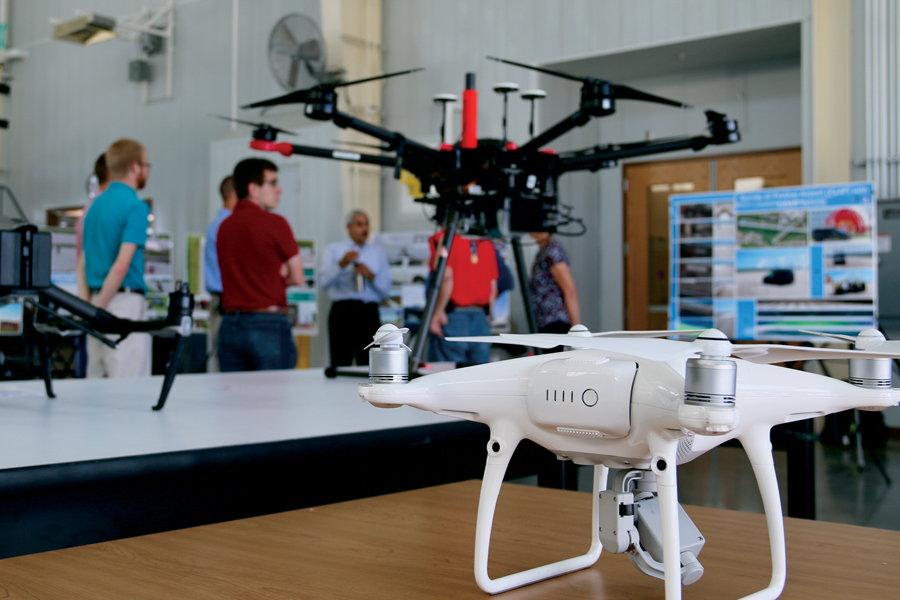Habib’s focus is on using mobile mapping systems in the field of agricultural management. His remote sensing system provides precisely geo-located data that can be used by researchers to provide traits that can be plugged into models to arrive at information about biomass and other important plant traits.
The best aspect of Habib’s research is its relevance across a wide variety of fields. “We are making precise, remote measurements of whatever phenomenon you are interested in much easier and more affordable,” Habib says. Whether the measurements apply to construction work zones, shore line erosion or agricultural management, such mapping systems and the processing algorithms developed by his team make a world of difference in helping deliver data to decision makers so they can achieve the best outcomes more efficiently.



